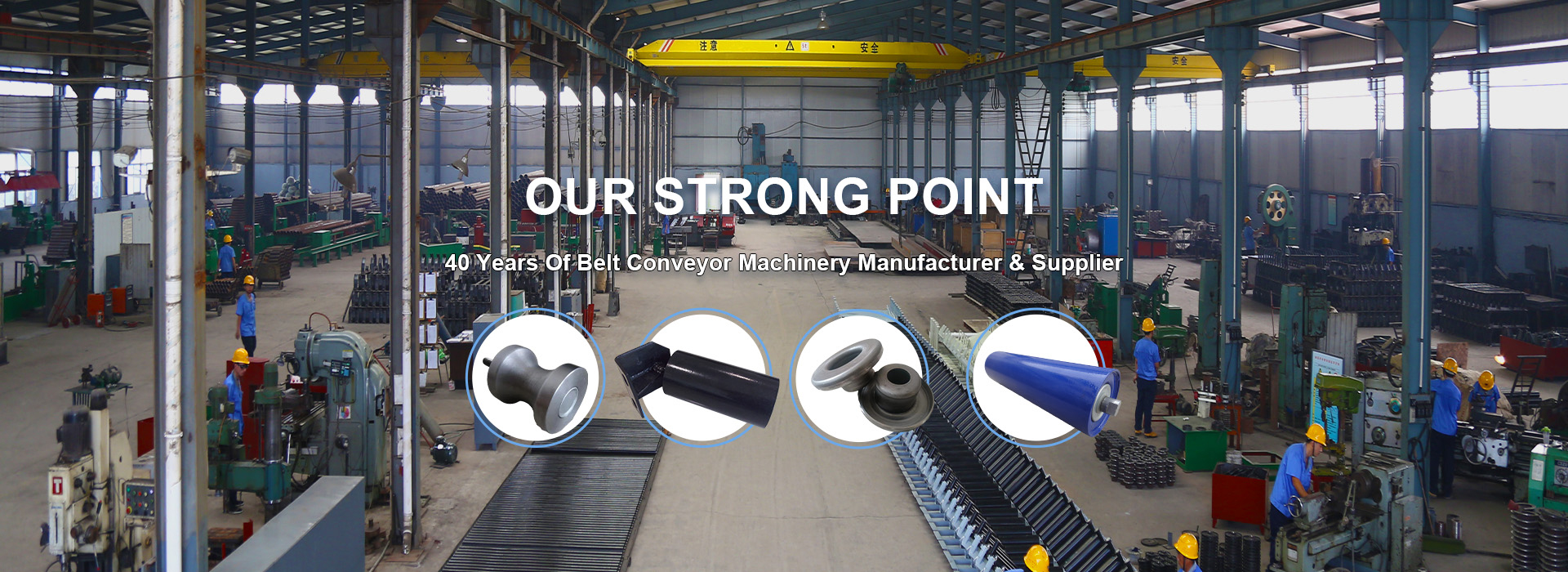 Afrikaans
Afrikaans  Albanian
Albanian  Amharic
Amharic  Arabic
Arabic  Armenian
Armenian  Azerbaijani
Azerbaijani  Basque
Basque  Belarusian
Belarusian  Bengali
Bengali  Bosnian
Bosnian  Bulgarian
Bulgarian  Catalan
Catalan  Cebuano
Cebuano  Corsican
Corsican  Croatian
Croatian  Czech
Czech  Danish
Danish  Dutch
Dutch  English
English  Esperanto
Esperanto  Estonian
Estonian  Finnish
Finnish  French
French  Frisian
Frisian  Galician
Galician  Georgian
Georgian  German
German  Greek
Greek  Gujarati
Gujarati  Haitian Creole
Haitian Creole  hausa
hausa  hawaiian
hawaiian  Hebrew
Hebrew  Hindi
Hindi  Miao
Miao  Hungarian
Hungarian  Icelandic
Icelandic  igbo
igbo  Indonesian
Indonesian  irish
irish  Italian
Italian  Japanese
Japanese  Javanese
Javanese  Kannada
Kannada  kazakh
kazakh  Khmer
Khmer  Rwandese
Rwandese  Korean
Korean  Kurdish
Kurdish  Kyrgyz
Kyrgyz  Lao
Lao  Latin
Latin  Latvian
Latvian  Lithuanian
Lithuanian  Luxembourgish
Luxembourgish  Macedonian
Macedonian  Malgashi
Malgashi  Malay
Malay  Malayalam
Malayalam  Maltese
Maltese  Maori
Maori  Marathi
Marathi  Mongolian
Mongolian  Myanmar
Myanmar  Nepali
Nepali  Norwegian
Norwegian  Norwegian
Norwegian  Occitan
Occitan  Pashto
Pashto  Persian
Persian  Polish
Polish  Portuguese
Portuguese  Punjabi
Punjabi  Romanian
Romanian  Russian
Russian  Samoan
Samoan  Scottish Gaelic
Scottish Gaelic  Serbian
Serbian  Sesotho
Sesotho  Shona
Shona  Sindhi
Sindhi  Sinhala
Sinhala  Slovak
Slovak  Slovenian
Slovenian  Somali
Somali  Spanish
Spanish  Sundanese
Sundanese  Swahili
Swahili  Swedish
Swedish  Tagalog
Tagalog  Tajik
Tajik  Tamil
Tamil  Tatar
Tatar  Telugu
Telugu  Thai
Thai  Turkish
Turkish  Turkmen
Turkmen  Ukrainian
Ukrainian  Urdu
Urdu  Uighur
Uighur  Uzbek
Uzbek  Vietnamese
Vietnamese  Welsh
Welsh  Bantu
Bantu  Yiddish
Yiddish  Yoruba
Yoruba  Zulu
Zulu vertical guide rollers
Understanding Vertical Guide Rollers Engineering Precision in Motion
In the realm of mechanical engineering and manufacturing, the importance of precision components cannot be overstated. Among these components, vertical guide rollers stand out as essential elements that facilitate smooth motion and alignment in various applications. This article explores the concept of vertical guide rollers, their applications, benefits, and critical considerations in their design and selection.
What Are Vertical Guide Rollers?
Vertical guide rollers are specialized mechanical devices designed to support and manage the movement of objects along a vertical plane. Typically cylindrical in shape, these rollers can be constructed from a variety of materials, including metals, plastics, or composites, depending on the specific application requirements. They are engineered to minimize friction and wear while enhancing the overall efficiency of machinery.
Applications of Vertical Guide Rollers
Vertical guide rollers are widely used across multiple industries, including
1. Manufacturing and Automation In assembly lines and conveyor systems, these rollers guide components efficiently, ensuring they travel along desired paths without deviation.
2. Material Handling In warehouses and distribution centers, vertical guide rollers facilitate the vertical movement of goods. They are crucial in elevator systems and freight lifts, allowing for the smooth transit of heavy loads.
3. Textile and Printing Industries In these sectors, vertical guide rollers ensure consistent and accurate alignment of fabrics or printing substrates, allowing for high-quality outcomes.
4. Robotics Vertical guide rollers play a role in robotic systems where vertical movement is essential, such as in robotic arms that require precision positioning.
Benefits of Vertical Guide Rollers
The integration of vertical guide rollers into equipment and machinery offers several advantages
- Reduced Friction By providing a smooth surface for objects to move against, vertical guide rollers significantly reduce friction, enhancing the lifespan of both the rollers and the moving components.
vertical guide rollers

- Improved Stability These rollers help maintain alignment, preventing misalignment and ensuring that objects remain steady during operation. This stability is critical in high-speed applications where even minor deviations can lead to operational failures.
- Increased Load Capacity Vertical guide rollers are designed to support substantial weights, making them ideal for heavy-duty applications in industries such as construction and manufacturing.
- Less Maintenance Quality rollers require minimal maintenance compared to other mechanical components, thereby reducing downtime and maintenance costs.
Factors to Consider When Selecting Vertical Guide Rollers
When selecting vertical guide rollers for any application, several factors should be considered
1. Load Capacity It is essential to ensure that the chosen rollers can handle the maximum weight of the components or materials they will support. This involves understanding both static and dynamic loads.
2. Material Composition Depending on the application environment – including exposure to chemicals, heat, or moisture – the material of the roller should be chosen carefully. For instance, stainless steel may be preferred in food processing environments due to its corrosion resistance.
3. Roller Size and Shape The dimensions and profile of the roller will affect performance and stability. Larger rollers may distribute weight more effectively, while smaller rollers can facilitate tighter turns and maneuverability.
4. Friction Coefficient The interaction between the roller and the moving surfaces dictates the effectiveness of the guide. A lower friction coefficient often translates to better performance and longer service life.
5. Environmental Factors Consideration of the operational environment, including temperature extremes, humidity levels, and exposure to contaminants, is crucial in selecting appropriate guide rollers.
Conclusion
Vertical guide rollers play a significant role in enhancing the performance and reliability of various mechanical systems. Their importance in ensuring precision in motion cannot be understated, as they contribute to increased efficiency and reduced wear in machinery. By understanding their applications, benefits, and selection criteria, engineers and manufacturers can make informed decisions that lead to improved operational outcomes and advancements in technology. As industries continue to evolve, the role of vertical guide rollers will undoubtedly remain critical in driving innovation and efficiency in mechanical engineering.
-
Revolutionizing Conveyor Reliability with Advanced Rubber Lagging PulleysNewsJul.22,2025
-
Powering Precision and Durability with Expert Manufacturers of Conveyor ComponentsNewsJul.22,2025
-
Optimizing Conveyor Systems with Advanced Conveyor AccessoriesNewsJul.22,2025
-
Maximize Conveyor Efficiency with Quality Conveyor Idler PulleysNewsJul.22,2025
-
Future-Proof Your Conveyor System with High-Performance Polyurethane RollerNewsJul.22,2025
-
Driving Efficiency Forward with Quality Idlers and RollersNewsJul.22,2025





























